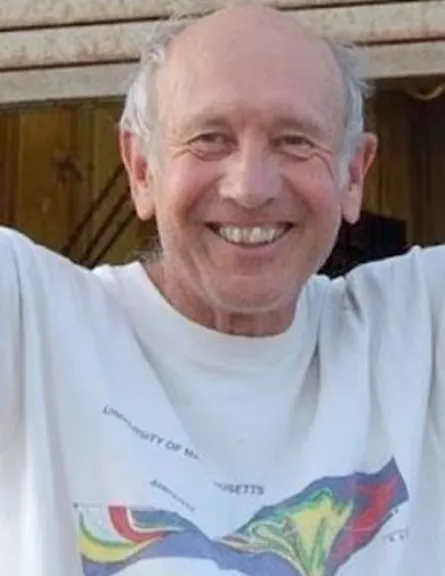
The Geochemical Society honors Frederick A. Frey (1938–2021), whose pioneering research on Earth’s upper mantle and magmas shaped modern geochemistry. A dedicated mentor and esteemed leader, he advanced trace element and isotope studies, guided over 30 graduate students, and inspired colleagues worldwide through science, teaching, and exploration. More…